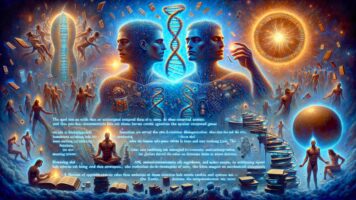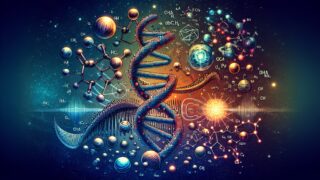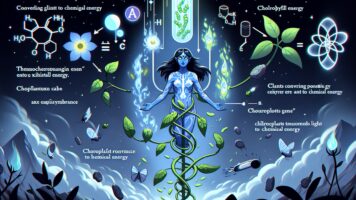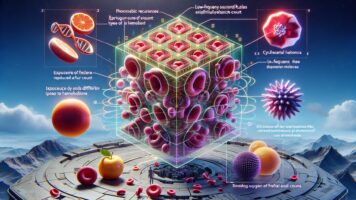Neanderthals and Homo sapiens interbreeding remains a fascinating topic for scientists. Here’s what we know:
Coexistence and Interbreeding
Neanderthals and Homo sapiens coexisted on Earth for about 5,000 years before Neanderthals went extinct around 40,000 years ago. During this time, the two species interbred, resulting in modern humans having 1-4% Neanderthal DNA. However, this genetic legacy is not present in humans of African descent, as Neanderthals were not found in Africa.
Infrequent Encounters
The low percentage of Neanderthal DNA in humans suggests that interbreeding was rare, occurring approximately once every 77 generations. This infrequency raises questions about the nature of these encounters and the social dynamics between the two species.
🧬 DNA Analysis Reveals Surprising Pattern
Scientists analyzing DNA genomes of both species have made an intriguing discovery:

• No Neanderthal mitochondrial DNA (passed down the mother’s line) has been found in Homo sapiens
• Homo sapien mitochondrial DNA has been found in Neanderthals
This suggests that only Neanderthal males and Homo sapien females were successfully breeding.
Theories and Speculations
Scientists have proposed several theories to explain this puzzling genetic pattern:
• 🔍 Evidence not yet discovered: Neanderthal women may have mated with Homo sapien men, but we haven’t found the evidence yet
• ⏳ Biodegradation: The evidence may have existed but degraded over time
• 👶 Offspring survival issues: Successful pairings may have occurred, but the offspring didn’t survive
Limited Cohabitation
Interestingly, there is very little evidence of Neanderthals and Homo sapiens sharing living spaces, despite their interbreeding. This suggests their encounters may have been brief and not leading to long-term cohabitation.
Unanswered Questions
• Were these rare couplings consensual or forced?
• Why don’t we see Neanderthal mitochondrial DNA in humans?
• Could these genetic patterns be the result of just a few Homo sapien women who were particularly attracted to Neanderthal men?
Additional Interesting Facts
• 🧠 Neanderthals had larger brains than modern humans, but this doesn’t necessarily mean they were more intelligent.
• 🗣️ Recent studies suggest Neanderthals may have had the capacity for complex speech.
• 🎨 Evidence shows Neanderthals created art and used symbolic objects, challenging previous notions about their cognitive abilities.
• 💊 Some Neanderthal genes that persist in modern humans are linked to our immune system and how we respond to certain diseases.
• 🌡️ Neanderthals were better adapted to cold climates, which may explain their concentration in Europe and Asia.
These findings continue to reshape our understanding of human evolution and the complex relationships between early human species.







